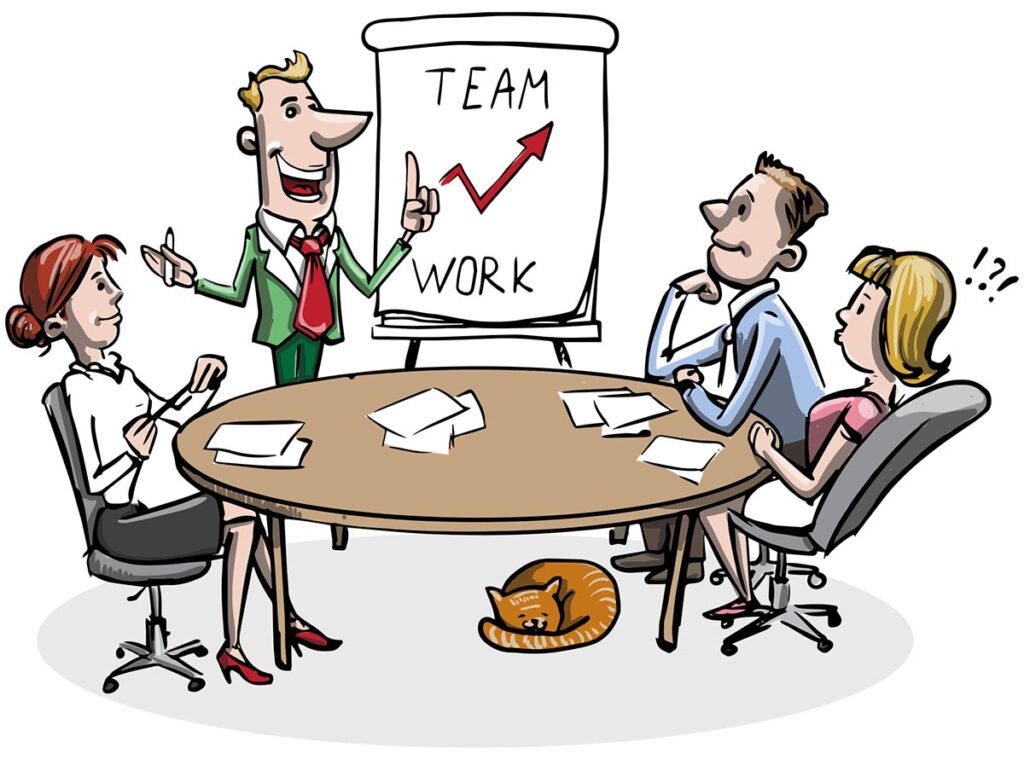Every businessperson knows the importance of a good meeting organization. Good meeting planning can ensure that you have a productive discussion and make the most of your time. Here are six tips on how to better organize a business meeting.

1. Planning Ahead
Organizing a business meeting can be a daunting task, but with a little forethought and planning, the process can be much smoother. Here are some great tips on how to better organize a business meeting:
i) Establish ground rules ahead of time. Make sure everyone knows what is expected of them in terms of attendance and participation. This will help to reduce confusion and ensure that everyone is on their best behavior.
ii) Arrange a specific time for the meeting. Trying to hold a meeting at random times can lead to chaos and delays. Set a specific date and time for the meeting, and make sure everyone knows about it in advance. This will help to keep participants on schedule and minimize disruption during the meeting itself.
iii) Plan out your presentation material beforehand. When preparing your presentation, make sure you have all of the materials you need ready in advance (Powerpoint slides, maps, graphs, etc). This way, you won’t have to spend time searching for anything during the meeting itself.
2. Getting Organized
There are a number of ways to improve how you organize business meetings, from creating agendas and setting ground rules ahead of time, to ensuring everyone has the necessary materials beforehand. Make sure everyone understands what is expected of them during the meeting, and be sure to set boundaries during discussion time. This will help keep the meeting on track and prevent arguments from breaking out. By providing consultancy services on data literacy and organization, you can make your meetings more efficient and productive. Use an agenda as a guide. Creating an agenda ahead of time will help keep everyone focused on the main topics of discussion. It can also help avoid any disagreements over who is supposed to speak and when.
3. Delivering The Message
Before any meeting even starts, it’s important to have a clear agenda. This will help everyone know what they need to do and when they need to do it. Next, make sure everyone is aware of the meeting’s objectives. This way, everyone knows what they are working towards and can focus on contributing effectively. It’s easy for meetings to start running long without anyone realizing it. Make sure you keep track of the time and stick to the schedule as much as possible. This way, nobody ends up feeling frustrated or overwhelmed by the end of the meeting.
4. Building Rapport
Eye contact is key in developing rapport, as it shows that you’re interested in the person you’re speaking to. Make sure to keep your gaze steady and avoid looking away altogether. A positive reinforcement approach is often one of the most effective ways to build rapport with others. For example, saying “thanks” after someone has provided input is a great way to show your appreciation and demonstrate that you value their opinion. Knowing something about the person you’re speaking to can help you develop a better connection with them. For example, if you know that the person is from a certain region or has experience working in a particular field, this can give you some valuable insights into what they might find interesting or relevant.
Show interest in the person’s life outside of work. Broadening your knowledge of the individual outside of work can also help to build rapport and connect on a more personal level. For example, asking about their family or hobbies can show that you care about them as an individual instead of just as part of your team or organization. Conversely, being too personal can also be seen as intrusive or creepy. It’s important to find the right balance when it comes to engaging in conversation with others.
5. Taking Notes
i) Start by writing out a list of the topics planned for the meeting ahead of time. This will help you stay organized and focused while in the meeting itself.
ii) Once the agenda is written down, take notes on what was said as it happens. This way, you’ll have a clear record of what took place and won’t have to scramble to remember everything later on.
iii) When everyone has finished speaking, go through your notes and jot down any additional thoughts or questions that came up during the discussion. This way, you’ll be able to answer any questions quickly and effectively without having to replay the entire conversation again.
By following these simple tips, you’ll be able to make sure that your business meetings are more productive and less confusing than ever before!
6. Closing the Meeting
When it comes to organizing business meetings, there are a few key things to keep in mind. First and foremost, make sure that everyone who is attending the meeting knows what’s planned for the day. This way, no one will be left wondering what’s going on. Secondly, break the meeting up into manageable chunks so that each person can focus on their specific task. Third, keep track of how much time each person has spent speaking and let everyone know when their time is up. Finally, make sure to allow for enough time for questions and discussion at the end of each section.
Keep in mind these tips when organizing your next business meeting, and you’ll be able to keep everyone on track and organized. Not only will this help to keep the meeting on track, but it will also help to minimize potential conflicts and misunderstandings.

Organizing a business meeting can be a challenge, but with the right tips, it can be much easier. In this article, we outline six tips that will help make your meeting go more smoothly. By following these tips, you’ll be able to avoid common conflicts and improve the efficiency of your meeting overall. Keep in mind these tips when organizing your next business meeting, and you’ll be on your way to a productive discussion.
Featured image by Ronald Carreño from Pixabay.



